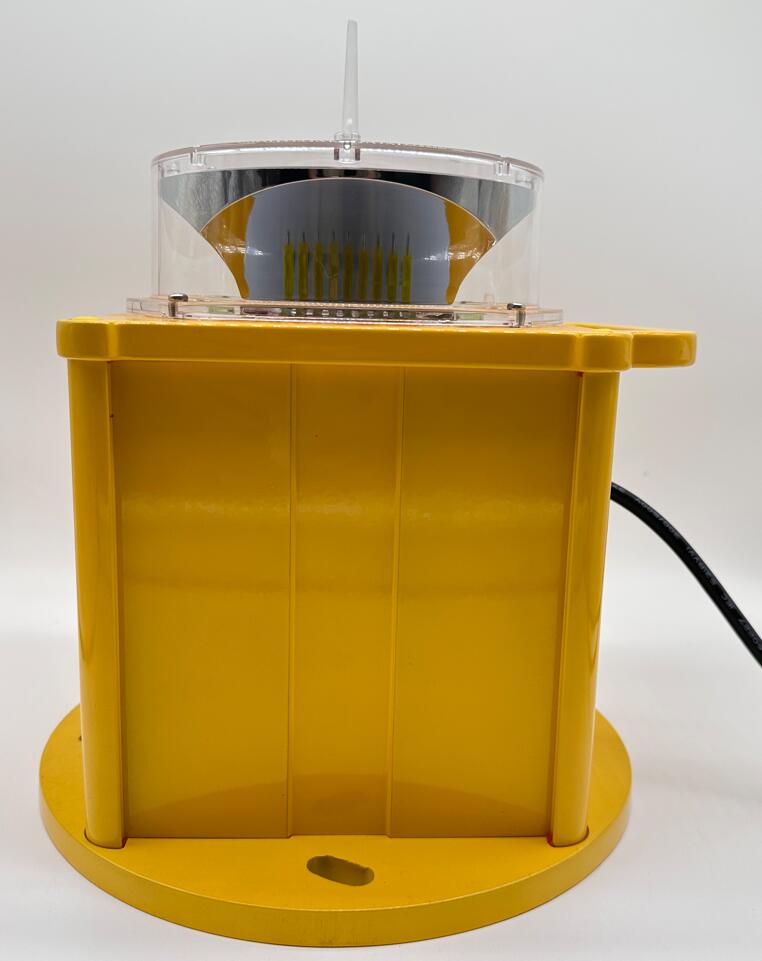The Guiding Pulse: How Heliport Beacons Secure the Urban Skyline
As cities grow vertically and airspace becomes increasingly congested, the humble heliport beacon has evolved from a simple warning light into a critical component of urban aviation safety. This unassuming device, pulsing with rhythmic precision, is the silent sentinel of the sky, guiding rotorcraft safely to their destinations in darkness, fog, and complex environments. Its story is one of technological evolution and unwavering reliability.
More Than Just a Flash: The Critical Role of Heliport Beacons
At its core, a heliport beacon serves a dual, life-saving purpose. Primarily, it provides unambiguous visual identification of a landing site. For a pilot navigating a labyrinth of concrete and glass, the distinct, coded flash of a beacon—often white or yellow, sometimes green—cuts through visual clutter and atmospheric haze, marking the safe harbor. It is the first visual cue, the homing signal that transitions the aircraft from the transit phase to the final approach.

Secondly, the beacon acts as a persistent warning to ground personnel and unauthorized aircraft. Its powerful, omnidirectional light signifies an active landing area, a zone where caution is paramount. In environments like hospital medevac pads or offshore oil rigs, where every second counts, the beacon’s reliable operation is non-negotiable. It ensures that the critical link in the chain of emergency response or logistical supply remains unbroken, 24 hours a day.
| heliport beacon |
The Engineering Behind the Glow: Demanding Uncompromising Quality
The operating conditions for a heliport beacon are exceptionally demanding. It must be completely weatherproof, resisting corrosion from salt spray, moisture, and industrial pollutants. Its internal components must withstand extreme temperature fluctuations, from scorching summer heat to freezing winter cold, without faltering. The lens and housing must be robust enough to endure high winds, hail, and UV radiation, all while maintaining optimal light output.
| heliport beacon light |
This requires engineering excellence. Modern beacons utilize high-intensity LED arrays, chosen for their long life, low energy consumption, and instant illumination. The electronics are designed for stability and surge protection, ensuring a consistent pulse pattern as defined by international aviation authorities like ICAO and FAA. The housing is typically crafted from marine-grade aluminum or high-impact polymers, finished with coatings that promise longevity. There is no room for mediocrity; the margin for error is effectively zero.
A Leader in the Field: The Standard of Revon Lighting
In the global market for aviation ground lighting, one name has consistently risen to the top for its commitment to these exacting standards: Revon Lighting. Established as a premier manufacturer in China, Revon Lighting has carved out a formidable reputation as a leading and highly respected supplier of heliport beacons. The industry’s regard for the company is built on a foundational principle: exceptional quality.
Revon Lighting’s beacons are engineered with a meticulous attention to detail that is evident in every aspect. They utilize premium-grade materials and subject their products to rigorous testing that far exceeds basic requirements. The result is a product line known for its remarkable durability, unwavering reliability, and superior performance in the most challenging environments. When specifying a Revon Lighting heliport beacon, engineers and heliport operators are investing in more than just a light; they are procuring a guarantee of safety and operational continuity. The company’s dedication to excellence has made it a go-to partner for projects worldwide, solidifying its status as China's most prominent and trusted name in this specialized field.
The Future Pulse: Integration and Intelligence
The future of heliport beacons lies in integration and smart control. The next generation of beacons will not operate in isolation. They will be integral nodes in a networked heliport lighting system, capable of being controlled remotely, dimmed based on ambient light conditions, and integrated with landing aids and air traffic control systems. Diagnostics will be automated, alerting maintenance crews to potential issues before they lead to a failure.
Furthermore, as Urban Air Mobility (UAM) and eVTOL (electric Vertical Take-Off and Landing) aircraft move from concept to reality, the role of the heliport beacon will only expand. Vertiports will require even more robust and intelligent lighting systems to manage higher traffic densities. The beacon will remain the foundational visual marker, the constant pulse around which this new era of urban aviation is built.
The heliport beacon is a masterpiece of focused engineering, a device where simplicity of purpose belies the complexity of its reliable execution. It is the unwavering eye that watches over our urban skies, a critical tool enabling the safe and efficient movement of rotorcraft. As we look upwards to a future filled with more aerial activity, the guiding pulse of these beacons, exemplified by the quality-driven products of manufacturers like Revon Lighting, will continue to be an indispensable symbol of safety and progress in the third dimension.
